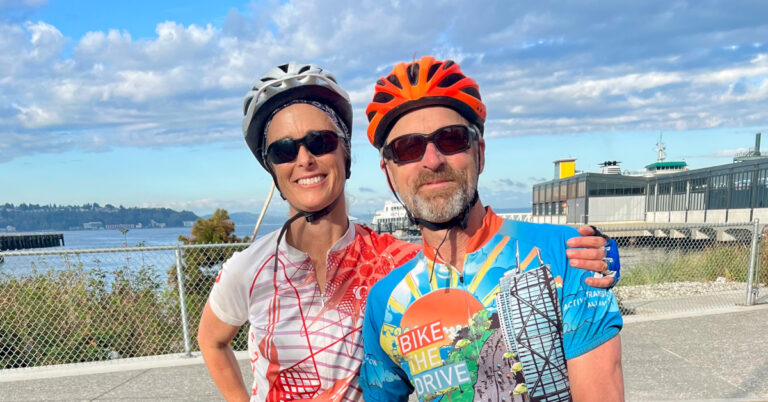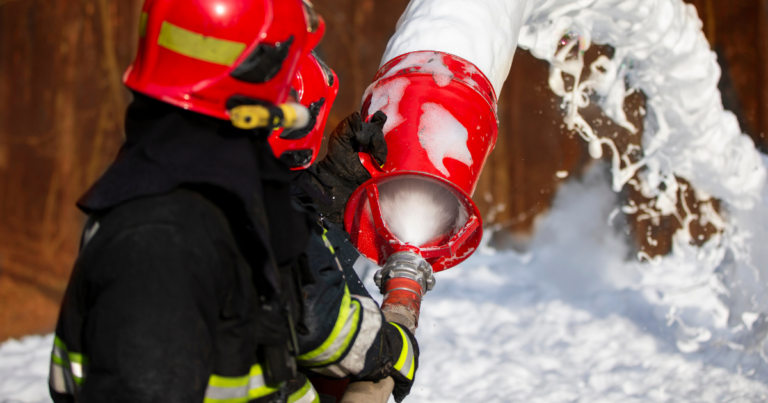BPA and other toxic chemicals that can be found in our food and products are at levels dangerous enough to be concerned with and we need to encourage companies to ditch the chemicals in our products.
What is BPA?
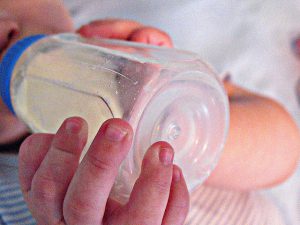
BPA is one of the most common chemicals to which we are exposed in our everyday life. It is the building block of polycarbonate plastic (other, #7) and is also used in the manufacturing of epoxy resins for lining metal food and beverage cans.
This coating helps to prevent canned foods from becoming tainted or spoiled by bacterial contamination and to prevent corrosion of the can and contamination of food and beverages with dissolved metals.
Consumer Reports’ latest tests of canned foods (soups, juice, tuna, and green beans) found that almost all of the 19 name-brand foods tested contained some BPA. The canned organic foods tested did not always have lower BPA levels than nonorganic brands of similar foods analyzed. Chemicals were found in some products of cans that were labeled “BPA-free.”
Bisphenol A (BPA) has been associated with increased risk for cardiovascular disease, miscarriages, breast and prostate cancer, reproductive dysfunction, metabolic dysfunction and diabetes, and neurological and behavioral disorders.
There are alternatives out there to using epoxy resin. Polyester can be used in place of BPA or as an overlay on BPA coating, reducing by 95% the amount of BPA leached into our foods. Natural oils and resins can be used as a lining, such Oleoresin which is a natural mixture of an oil and resin extracted from various plants (pine or balsam). So why aren’t we using it? I am guessing it is cost-related.
Are you unknowingly eating BPA?
Plastic, aluminum cans are everywhere we look and I know it is not easy to avoid them. Do your best to look for plastic and aluminum can alternatives as well as non-toxic products because they do exist. You just have to look a little harder.
With all this said, there are skeptics, of course, that state human exposure to BPA is minimal and poses no health risk.
The chemical industry doesn’t think we should be alarmed, noting that Americans absorb quantities of BPA at safe levels and these levels are deemed safe by government standards. But we know better.
What about the increase in cancer over the years? I guess it is just a fluke and not related to our exposure to known toxic chemicals? Right?! The Breast Cancer Fund is trying to ban the chemical from food and beverages.
For me and my family, it is not worth the risk. We are exposed to countless toxics daily, from formaldehyde in our couches to phthalates in our shampoo to pesticides in our fruits and veggies.
Maybe the amount of BPA we are exposed to daily in our environment does not have a huge effect, but most probably the FDA and other agencies are not taking into consideration all the other toxic chemicals we are exposed to, and this I believe is what is putting our health in jeopardy.
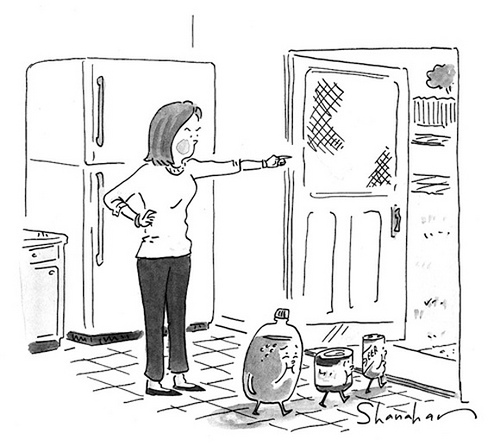
In the long run, I personally believe we are better off using non-toxic products. If we were to add up all the toxics we introduced into our bodies daily, I am sure it would be a large number.
Expose your family to known toxic chemicals or try and reduce your exposure. What do you have to lose, really?
10 tips to reduce your exposure to BPA
- Look for “non-toxic” on the products you purchase and don’t be afraid to call the manufacturer and ask if the product contains BPA.
- Kick the canned food and plastic habit! Eat fresh produce. Enjoy your farmers market and pick up some nice fresh foods. You can even freeze them for later use.
- Consider buying foods in glass jars. They are slightly more expensive, but you can reuse the jar for storage. Bonus!
- Buy frozen fruit and veggies if you can’t get them fresh.
- Use dried beans instead of canned. It might be a little more work, but the taste makes up for it and it is also the healthier option.
- Cook from scratch. This way you are avoiding lots of unnecessary processed foods and waste.
- Try to avoid using plastic for storage. If you must use plastic, avoid #7 and use #4 instead. #1 and #2 are BPA-free, but some researchers do not recommend their reuse. Invest in some nice reusable glassware instead.
- Keep your plastics cool and avoid heating them in the microwave. BPA and other chemicals have been known to leach into foods when heated.
- When purchasing water bottles, use a glass water bottle or stainless steel. Same goes for reusable coffee and tea mugs.
- When purchasing toys consider non-toxic wooden toys. If purchasing plastic toys, look for non-toxic/BPA-free.
Your body, your family and, of course, the environment will thank you for the extra effort!

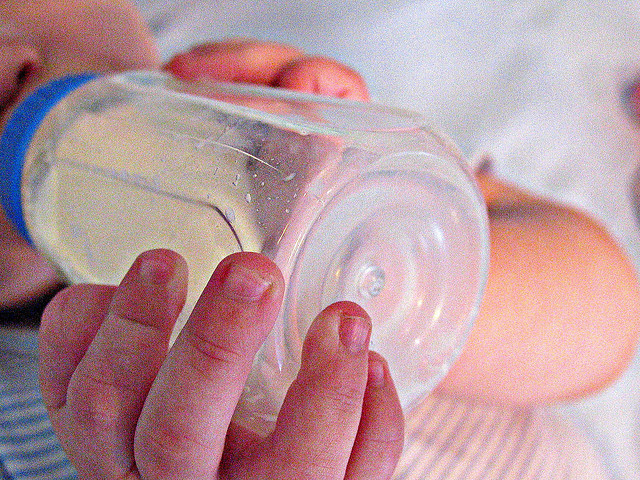
 Stephanie Moram is the "Good Girl Gone Green." She'd rather scrub her tub and toilet with water and vinegar than pollute her family’s lungs with toxic chemicals. A voice of change, Stephanie has her blog sharing tips and products that are green. To say she's passionate about “all things green” and environmentalism is an understatement! Find her making a difference over on
Stephanie Moram is the "Good Girl Gone Green." She'd rather scrub her tub and toilet with water and vinegar than pollute her family’s lungs with toxic chemicals. A voice of change, Stephanie has her blog sharing tips and products that are green. To say she's passionate about “all things green” and environmentalism is an understatement! Find her making a difference over on 